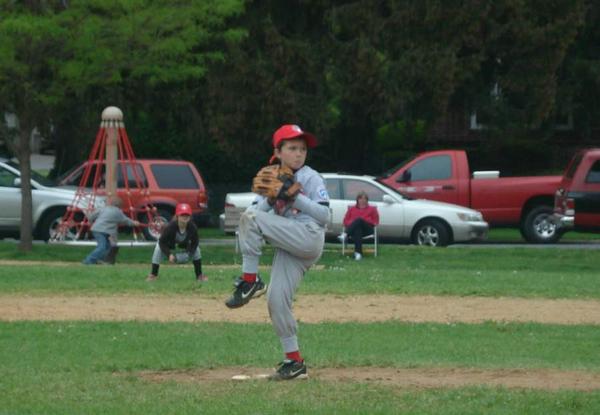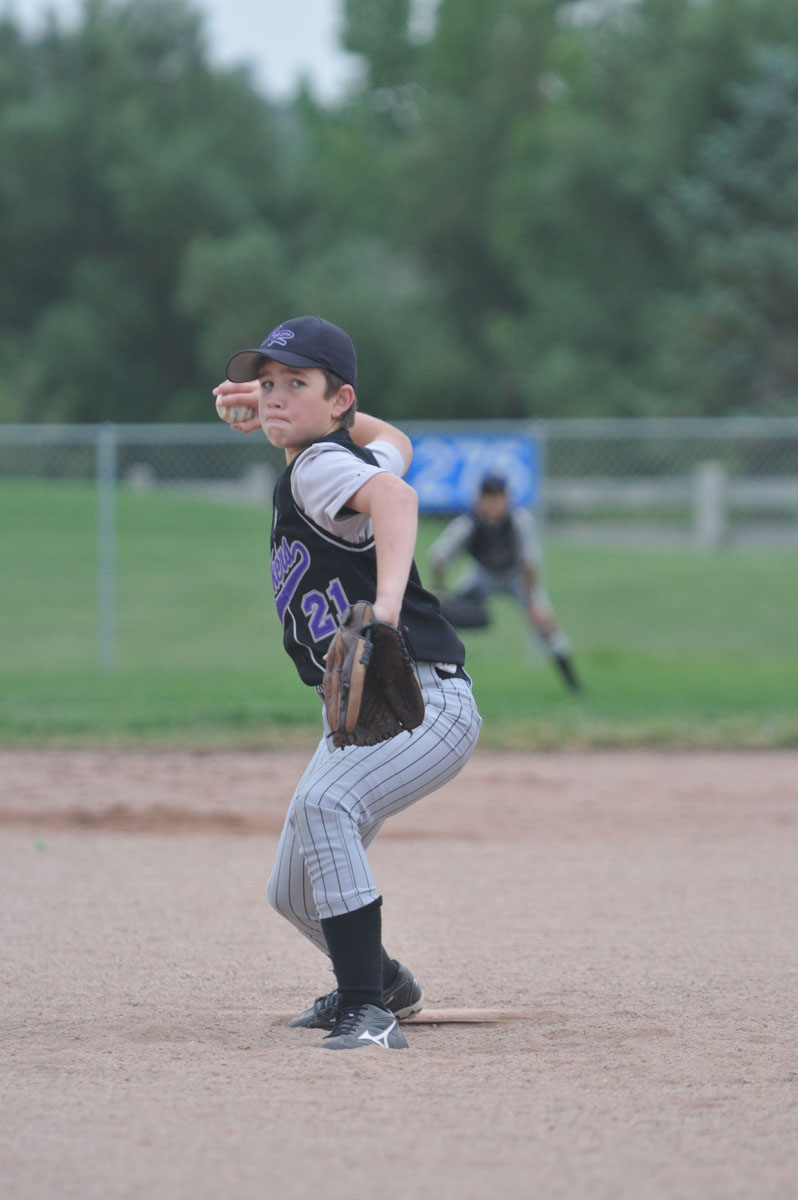

 In an effort to stem the alarming increase in elbow and shoulder injuries among young baseball pitchers, Little League Baseball adopted important rules in 2007 to limit the number of pitches a pitcher can throw in a game and how much rest he must take pitching appearances.
In an effort to stem the alarming increase in elbow and shoulder injuries among young baseball pitchers, Little League Baseball adopted important rules in 2007 to limit the number of pitches a pitcher can throw in a game and how much rest he must take pitching appearances.
In its continuing effort to protect the health and safety of youth pitchers, and to reflect the latest research on pitching injuries, Little League made additional changes in its rules, which went into effect for the spring 2010 season and beyond.
| League Age | Pitches Allowed Per Day |
| 17-18 | 105 |
| 13 - 16 | 95 |
| 11-12 | 85 |
| 9 - 10 |
75 |
| 7 - 8 |
50 [Note: this is a change from the 2007 rules, which lumped all pitchers 10 and under together so as to allow even the youngest pitchers to throw 75 pitches in a day] |
To ensure that pitching rules are strictly followed, Little League now imposes a number of other strict requirements:
In general, the rules add extra days for pitchers regardless of age and lower the threshold for pitches triggering extra days off between taking the mound. The old rules set different rules for pitchers league age 16 and under and league age 17 and 18. The new rules establish different rules for pitchers league age 14 and under and league age 15 to 18. Reflecting new research findings about the risk of injury to pitches who throw the most pitches, the new rules require a fourth day of rest - not required for a pitcher of any age at any pitch count under the old rules - for pitchers throwing 66 pitches or more for younger pitchers (7 to 14) and 76 pitches or more for older pitchers (15 to 18).
| Age | Daily Max (Pitches) | Required Rest (Pitches) | Required Rest (Pitches) | Required Rest (Pitches) | Required Rest (Pitches) | Required Rest (Pitches) |
| 0 Days | 1 Day | 2 Days | 3 Days | 4 Days | ||
| 7-8 | 50* | 1-20 | 21-35 | 36-50 | N/A | N/A |
| 9-10 | 75* | 1-20 | 21-35 | 36-50 | 51-65 | 66+ |
| 11-12 | 85* | 1-20 | 21-35 | 36-50 | 51-65 | 66+ |
| 13-14 | 95* | 1-20 | 21-35 | 36-50 | 51-65 | 66+ |
| 15-16 | 95* | 1-30 | 31-45 | 46-60 | 61-75 | 76+ |
| 17-18 | 105 | 1-30 | 31-45 | 46-60 | 61-75 | 76+ |
Note: new for 2014 was the removal of an exception in Regulation VI Note 3 which provided that, in the event that the first inning was not completed, all records including pitching records, batting records, etc. were to be disregarded. Under the new rule, even if a game does not complete the first inning, pitchers who participated during the first inning must adhere to the appropriate rest requirements. In addition, this eliminates the requirement to completely restart a game that doesn't get through the first inning - such a game would be suspended just like a game interrupted at any other point. Note that the corresponding exception in the Tournament rules (Rule 11) was not removed.
According to a 2011 study by researchers at the University of North Carolina commissioned by Little League, its pitch count program appears to be working, reducing the risk of shoulder injury among pitchers in Little League Baseball (ages 8 to 13) by 50 percent.
The problem, unfortunately lies elsewhere: with travel ball teams that don't come under the Little League umbrella. Indeed, recent statistics published by Safe Kids International suggest that many of Little League's rules are honored more in the breach:
Sources: Little League Baseball
Umpire Resource Center: 2014 Little League Rule Changes. http://www.llumpires.com/2014-little-league-rule-changes/ (accessed March 17, 2014)
Updated and revised February 27, 2017

Links:
[1] https://momsteam.com/node/3232
[2] http://m.mlb.com/pitchsmart/pitching-guidelines/
[3] https://momsteam.com/sports/baseball/safety/little-league-rules-protect-pitchers-arms
[4] https://momsteam.com/sports/daily-pitch-limits-usa-baseball-little-league-rules-different
[5] https://momsteam.com/sports/per-inning-pitch-count-more-important-than-total-pitch-count
[6] https://momsteam.com/health-safety/stretching-exercises-maintain-shoulder-flexibility-reduce-injury-risk
[7] https://momsteam.com/overuse-blamed-for-youth-pitching-injuries-but-sliders-and-curveballs-still risk
[8] https://momsteam.com/sports/preventing-pitching-injuries-up-to-parents-where-playing-on-multiple-teams